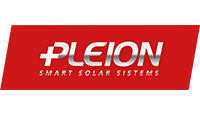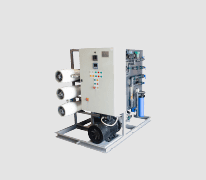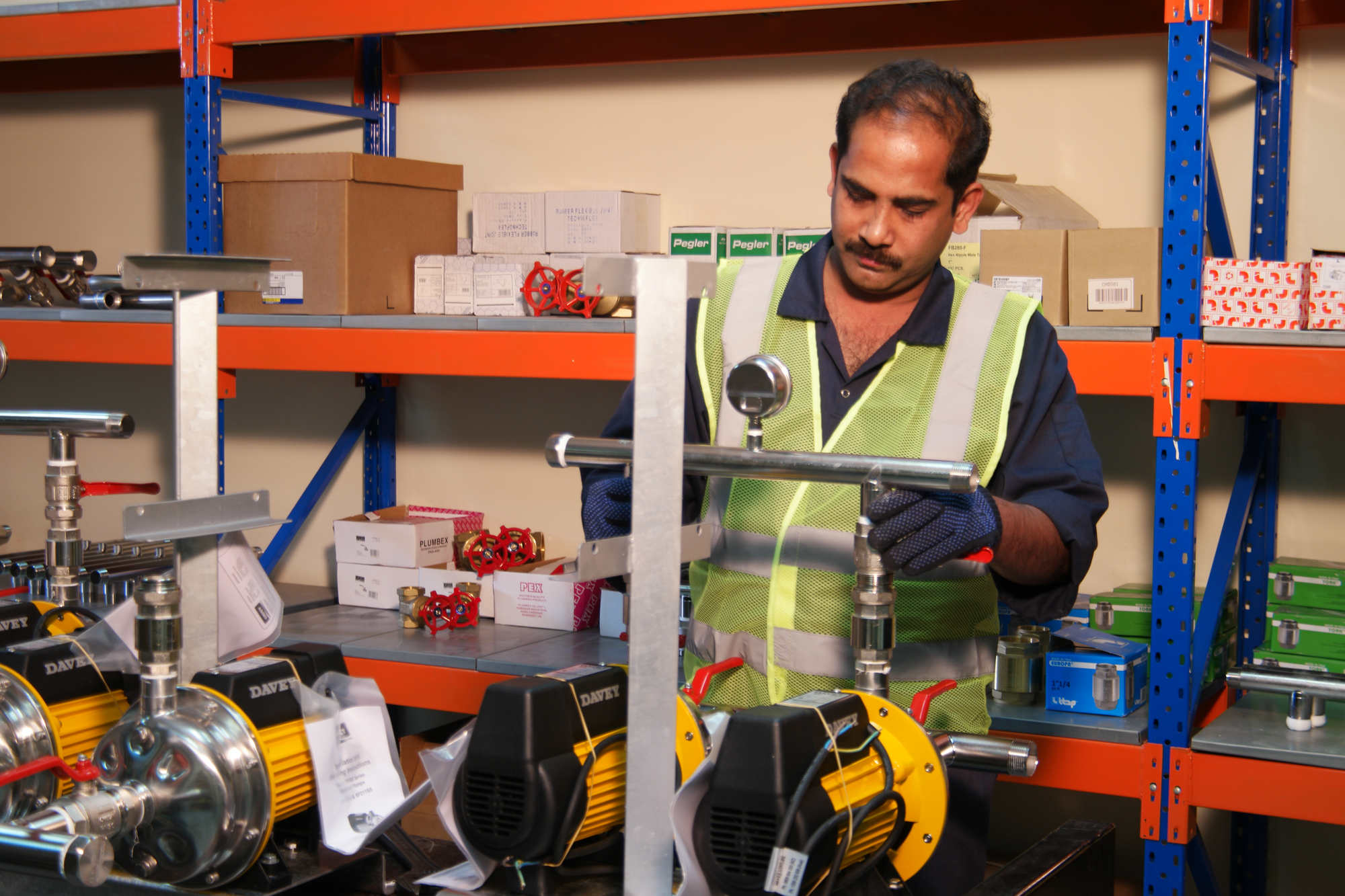Solar energy could be the most efficient renewable energy source with the use of the appropriate technology. The solar energy that the Earth received in only 1 hour can cover the energy needs of the entire population for 1 year, thus Solar Water Heaters are readily available technologies that can substitute efficiently and cost effective the conventional water heaters. Questions might arise as to which is better, but there can’t be an overall better circulation type as it will sometime depend on the application, location, site accessibility etc.

Circulation is the process by which a system moves working fluids from one point to another, throughout a system. We use circulation processes in fluid mechanics applications. There are two principal methods of circulating fluids through a system; natural circulation and forced circulation. Thermosiphon is a natural circulation.
As the name implies, natural circulation relies on changing fluid densities during heat addition and changes in elevation to circulate the working fluid around a system, while forced circulation systems use electrical pumps, valves or controllers to circulate the fluids.
Forced Circulation
As mentioned earlier, forced circulation processes enjoy a wide range of use in fluid mechanics applications, from power generation to cooling applications. Some of these are:
- Forced Circulation Boiler: This is a boiler in which external power added by a pump to circulate the water (working fluid) around the Boiler. In a Boiler, we need heat addition to the working fluid from a heat source to turn it into steam to drive a prime mover. In a natural Circulation Boiler, changes in density lead to water movement as it heats the water such as the hotter parts of the water and steam are less dense and move to the top of the furnace. While in the forced Circulation system, it accomplishes this fluid motion using a pump instead of waiting for a pressure differential to form. A forced Circulation boiler is usually helpful in areas where larger systems can’t be used, and rapid steam production is paramount.
- Forced Circulation Evaporator: We use Circulation evaporators to separate liquid mixtures or concentrate chemical substances by using heat exchangers and flash separating units to turn them into vapor without boiling and repeatedly recirculating the solvents until we get the desired purity. Forced circulation systems use pumps to circulate the fluid around the system, especially where we need a top circulation rate. Also, with a high circulation rate, we can avoid many of the problem associated with circulation evaporators such as; fouling, scaling and crystal buildup. Also, because of the increased turbulence associated with high velocities, we can achieve an increased heat transfer coefficient between the fluid and the heat source. We require we use forced circulation evaporator where there is a high recirculation ratio.
- Forced Circulation Cooling Systems: Cooling Systems are used to reduce the temperature of a body either by convection or conduction by passing a cooling fluid to facilitate heat transfer between the bodies. Forced circulation cooling systems usually use either a fan or a pump to increase the rate of Circulation. Therefore, the body achieves a higher rate of cooling.

Thermosiphon System or Circulation
Thermosiphon is a method of passive heat exchange used to circulate fluids and volatile gases for cooling and heating applications. It operates on the principles of natural convection by harnessing the natural density difference between hot and cold fluids to create a pressure differential to produce natural fluid movement.
The process harnesses the heat energy from an external source usually in the form of solar energy through photoreceptors and uses it to heat the working fluid.
As we apply heat to the fluid, the density of the warmer fluid decreases causing it to float on top of the cooler fluid, creating a pressure gradient as the cooler fluid replaces it at the bottom.
Some applications of thermosiphon circulation include:
- Domestic Water Heating Systems: Often, we use a solar heater. As the energy from the photoreceptors heat of the fluids, the density of the heated water decreases and it rises and flows through the piping for use while cooler water replaces it at the bottom. The process continues until the temperature of the water is at equilibrium with the input of solar energy.
- Cooling Systems: We use Thermosiphon systems in cooling systems for domestic systems and electronic components. They are used to transfer heat from the hot areas by convection. The fluid absorbs energy from the hot area and rises away to a heat exchanger where it gets cooled down while the cooler fluid replaces it at the bottom. The process then continues until it attains an equilibrium temperature.
Comparative analysis
Depending on the thermal system, forced circulation and thermosiphon would vary in performance. Forced circulation system would require power consumption and therefore wouldn’t be favorable in regions where power consumption is a concern. Some research shows that the thermosiphon system would have a lower efficiency to forced circulation. However, forced circulation might have low efficiency because of thermal losses via the pump used in directing the fluid movement.
Original research shows different results, though some more specific to specific thermal systems such as solar heaters. Therefore, some certain conditions might affect the eventual outcome and conclusion. The thermal system efficiency of the solar heater under forced circulation increased by 63% compared to natural circulation (thermosiphon). However, with a change in collector placement, the temperature-based water stratification in the water tank deteriorated. Therefore, the thermal efficiency reduced. Though there was a reduction, it wasn’t specified whether it was lower than the natural circulation. It is important to note that various factors affect the performance of either circulation-type thermal system.
Conclusion
On the last note, there is no overall better circulation type for a thermal system. However, in terms of specialized situations, it could either use forced circulation or thermosiphon. Regardless, it is salient that whichever the circulation type is in your intending thermal systems that it fits that scenario. Aside from efficiency, safety and regulations are relevant factors. Whether it is Water Heaters, Pool & Spa Systems, Water Pumps, Water Treatment or my other systems, they have to be Dubai Municipality Approved, and QCC Approved. Also, the ISO 9001 certification is a must. From Moosa-Daly, you will get the best of thermal applications, either forced circulation or thermosiphon dependent. For more products, click here to access our full portfolio.
by Hakim Kagalwala – Business Development Executive






































































